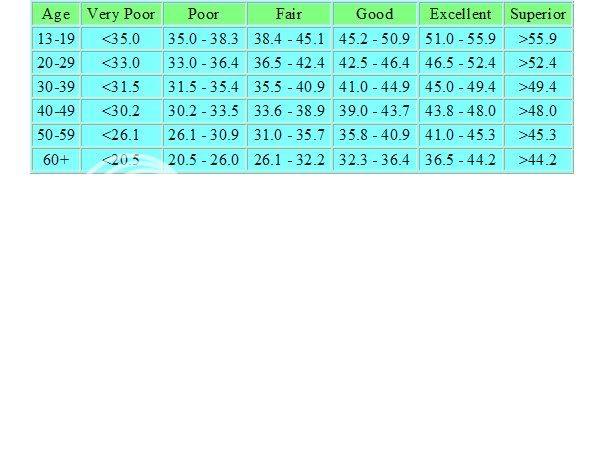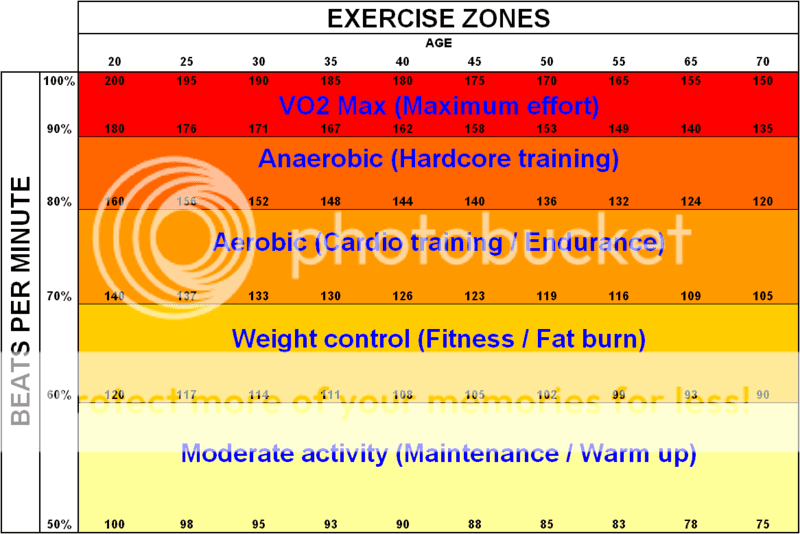Buffalobob
Well-Known Member
Well there is about 53 percent of us who live down near sea level and about 100 percent of the elk are high. So how do those of us who are low lifes get high. If you got no horse or mule to tote you then you are on your own. You can go get on your stair stepper, your treadmill, your bike, or your Nikes and build up all of the leg muscles you want but you still will not make it 50 yards from the truck when you get to Colorado or Idaho. Leg muscles like four things: 1-plenty of slow twitch neighbors, 2-lots of glycogen, 3-lots of water and 4-lots of oxygen. One of the things in short supply at the elevations elk live at is oxygen. Down near sea level air is like Dinty Moore's beef stew with plenty of good stuff but up at 8000 feet it is like Campbell's chicken noodle soup and just is just thin and soupy. Just not much to it up high. People like to say that air is free but that isn't true. You have to work hard for it up there.
The ability of a person to transfer oxygen to the muscles is called VO2Max which is the Volume of O2 Maximum transfer rate. If you exercise at sea level your body responds to the ready availability of oxygen but if you train the same way at altitude your body responds to the lack of oxygen and adapts by increasing the amount of red blood cells and oxygen carrying sites. Blood doping by olympic athletes is a way of cheating to increase their VO2Max instead of working hard for it.
So if you are a flatlander and wish to increase your VO2Max how do you do it through hard work? "Numerous studies show that you can increase your VO2 max by working out at an intensity that raises your heart rate to between 65 and 85% of its maximum for at least 20 minutes three to five times a week".
HRmax = 220 − age
No then you do not have to go off and buy your self a Polar heart monitor and do math in your head while training. The huffing and puffing test is pretty good for determining how hard you are training. If you can talk normally while training you are about 50-65%. If you can say three or four words before needing the next breathe then you are about 65-75% . If you can only say one word every three breathes then you are about 85%. If you can't talk at all then you are at 100%.
About 10-15 years ago when I was very fast, I had three different routines for building VO2Max. One was an uphill mile for pure 100% VO2Max, one was an uphill 3/4mile for 85% and six reps and one was the loop I routinely train on nowadays and when I hit the uphill stretch I would push the speed to the level I needed for that days training. Endurance training is nearly all aerobic with only brief dips into the anaerobic region. A miler will run at a rate where he is aerobic about 90% of the way and then finally outruns his VO2Max and goes into oxygen debt which begins the build up of lactic acid in the muscles. The build up of lactic acid the last several hundred yards is known as "carrying the bear". When the bear climbs on your back and you have to carry him it is a teeth gritting and painful exercise and I hated it beyond belief. The legs feel like lead and you drive them with the rate of your arm swing. Lactic acid is responsible for muscles being sore and stiff. For elk hunting you wish to avoid lactic acid at all costs.
So about three times a week you need to hit an exercise level for twenty minutes that makes talking difficult but not impossible. Over a period of 6-8 months as your conditioning improves you will find you need to run faster or pedal harder in order to stress your self to the 85 % level. At this time you are no longer training your legs for climbing mountains after elk. Your legs are plenty strong enough. What you are doing is getting your VO2Max up to a point that you can deal with the thin air at elk hunting altitude and give your rock hard steel spring legs the oxygen they need.
I will say this again, training the leg muscles for climbing the mountains is the easy part. Getting the lungs and heart and blood ready is hard and painful if you live down in the flatlands. When you finally get to the mountains your legs will be overtrained and they will want to go faster than your lungs can go. You will need to focus on your breathing rate as the key to how fast to climb a ridge as opposed to the tiredness of your legs other wise you will go anaerobic and build up lactic acid and then have sore and stiff muscles only because of your dumbness. It is hard not to get your legs ahead of your lungs but you must just key on your breathing rate and stay at a pace that does not outrun your lungs.
VO2Max
Like all good things it goes way as you get older. Below is a chart showing the general levels related to age and fitness. Generally an Olympic champion marathon runner or bicycler will have a VO2Max greater than 55. An endurance runner with a VO2 Max greater than 48 will win mantle trinkets at the local races. He will have a 10 K time less than 40 minutes which is running at 6'25" per mile for six miles plus change.


The ability of a person to transfer oxygen to the muscles is called VO2Max which is the Volume of O2 Maximum transfer rate. If you exercise at sea level your body responds to the ready availability of oxygen but if you train the same way at altitude your body responds to the lack of oxygen and adapts by increasing the amount of red blood cells and oxygen carrying sites. Blood doping by olympic athletes is a way of cheating to increase their VO2Max instead of working hard for it.
So if you are a flatlander and wish to increase your VO2Max how do you do it through hard work? "Numerous studies show that you can increase your VO2 max by working out at an intensity that raises your heart rate to between 65 and 85% of its maximum for at least 20 minutes three to five times a week".
HRmax = 220 − age
No then you do not have to go off and buy your self a Polar heart monitor and do math in your head while training. The huffing and puffing test is pretty good for determining how hard you are training. If you can talk normally while training you are about 50-65%. If you can say three or four words before needing the next breathe then you are about 65-75% . If you can only say one word every three breathes then you are about 85%. If you can't talk at all then you are at 100%.
About 10-15 years ago when I was very fast, I had three different routines for building VO2Max. One was an uphill mile for pure 100% VO2Max, one was an uphill 3/4mile for 85% and six reps and one was the loop I routinely train on nowadays and when I hit the uphill stretch I would push the speed to the level I needed for that days training. Endurance training is nearly all aerobic with only brief dips into the anaerobic region. A miler will run at a rate where he is aerobic about 90% of the way and then finally outruns his VO2Max and goes into oxygen debt which begins the build up of lactic acid in the muscles. The build up of lactic acid the last several hundred yards is known as "carrying the bear". When the bear climbs on your back and you have to carry him it is a teeth gritting and painful exercise and I hated it beyond belief. The legs feel like lead and you drive them with the rate of your arm swing. Lactic acid is responsible for muscles being sore and stiff. For elk hunting you wish to avoid lactic acid at all costs.
So about three times a week you need to hit an exercise level for twenty minutes that makes talking difficult but not impossible. Over a period of 6-8 months as your conditioning improves you will find you need to run faster or pedal harder in order to stress your self to the 85 % level. At this time you are no longer training your legs for climbing mountains after elk. Your legs are plenty strong enough. What you are doing is getting your VO2Max up to a point that you can deal with the thin air at elk hunting altitude and give your rock hard steel spring legs the oxygen they need.
I will say this again, training the leg muscles for climbing the mountains is the easy part. Getting the lungs and heart and blood ready is hard and painful if you live down in the flatlands. When you finally get to the mountains your legs will be overtrained and they will want to go faster than your lungs can go. You will need to focus on your breathing rate as the key to how fast to climb a ridge as opposed to the tiredness of your legs other wise you will go anaerobic and build up lactic acid and then have sore and stiff muscles only because of your dumbness. It is hard not to get your legs ahead of your lungs but you must just key on your breathing rate and stay at a pace that does not outrun your lungs.
VO2Max
Like all good things it goes way as you get older. Below is a chart showing the general levels related to age and fitness. Generally an Olympic champion marathon runner or bicycler will have a VO2Max greater than 55. An endurance runner with a VO2 Max greater than 48 will win mantle trinkets at the local races. He will have a 10 K time less than 40 minutes which is running at 6'25" per mile for six miles plus change.


